Istituto: Le Stanze del Vetro
1932-1942 Murano Glass and the Venice Biennale
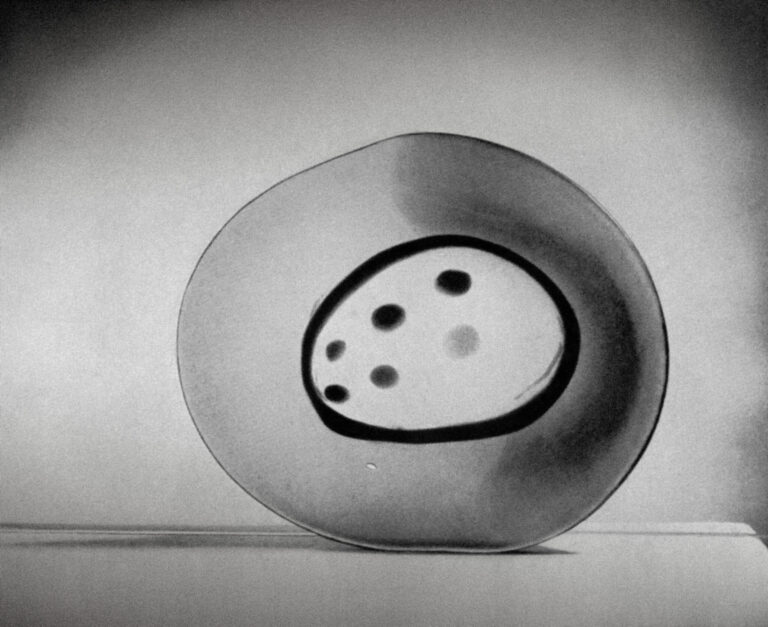
Exhibition curated by Marino Barovier.
The second chapter dedicated by LE STANZE DEL VETRO to the history of Murano glass at the Venice Biennale will examine the time period from 1932 to 1942 – that is, from the 18th to the 23rd Biennale, a time span corresponding respectively to the inauguration of the Venice Pavilion (1932) and to the last edition of the Biennale before the interruption caused by the Second World War.
Since 1932, Murano glass was featured at the Biennale in a dedicated space, the Venice Pavilion, built specifically for the decorative arts on the initiative of the ‘Istituto Veneto per il Lavoro’. The value and quality of the so-called minor arts were thus officially recognized, and a selection of them was chosen to be presented to the general public at the Venice Art Biennale.
Thanks to the recurrent staging of this prestigious event, such exhibits had a profound effect on Murano, which over the course of successive editions took the opportunity to present its best glass works, making the most of the impetus provided by the Biennale.
The Venice Biennale not only served as an outstanding showcase, but through its artistic vibrancy and international reach it provided fruitful exposure to glassworks and the world of artistic glass in all its complexity.
Among the furnaces, Venini stood out thanks to the collaboration with Carlo Scarpa, while Barovier Seguso Ferro, later Seguso Vetri d’Arte, availed itself of the partnership with Flavio Poli; the painter Dino Martens first collaborated with Salviati and Successori Rioda, and then with Aureliano Toso. Other glassworks that,in those years, exploited the potential of the glass medium are AVEM, the historic furnace Barovier, Cirillo Maschio, Ulderico Moretti, S.A.I.A.R. Ferro Toso, Fratelli Toso, VAMSA and S.A.L.I.R.
1932-1942 Murano Glass and the Venice Biennale, accompanied by a catalogue edited by Marino Barovier and Carla Sonego, aims to show the works that were on display in those editions and to illustrate them through period documents.
[accordion][/accordion]
[accordion_entry title=”Opening Hours and Admission”]
Open daily from 10am to 7pm. Closed on Wednesdays.
Free admission
[/accordion_entry]
[accordion][/accordion]
1912-1930 Murano Glass and the Venice Biennale
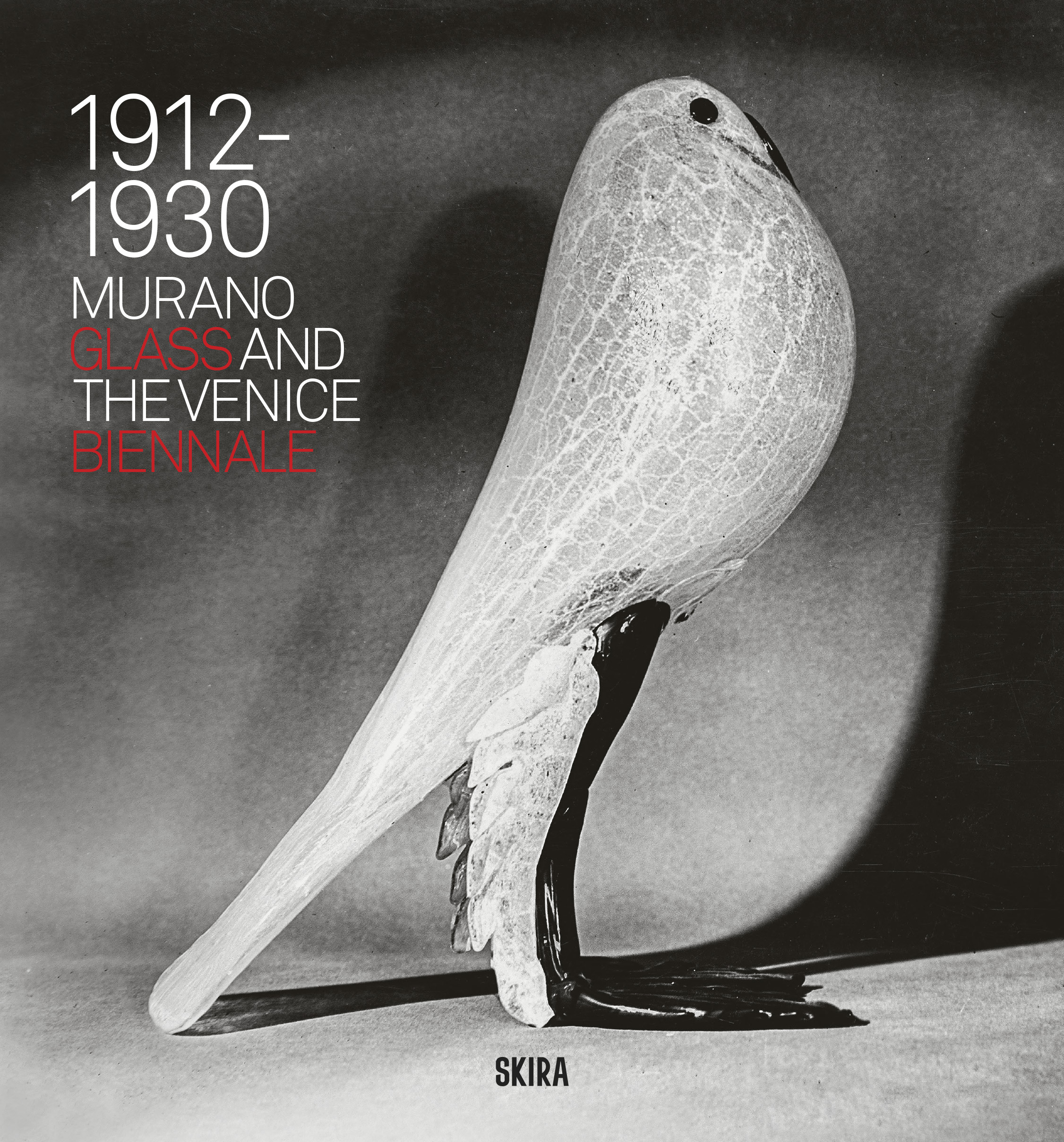
Tis volume examines the historical period in which Murano glass progressively found a place within the Venice Biennale (1912-1930), first through the artists who chose to use this material for their works, then through the glassworks that, in some cases, drew on the creativity of painters and sculptors. Te result of in-depth bibliographical and documentary research carried out in the Biennale’s Historical Archives as well as in public and private archives, with period photographs, drawings and documents – often previously unpublished – the catalogue illustrates the extraordinary repertoire of artworks exhibited in the various editions, focusing in particular on the over 130 works by artists and glassmakers who were protagonists in the passage of an art traditionally considered among the minor ones to the Olympus of the major arts.
Bohemian Glass: The Great Masters
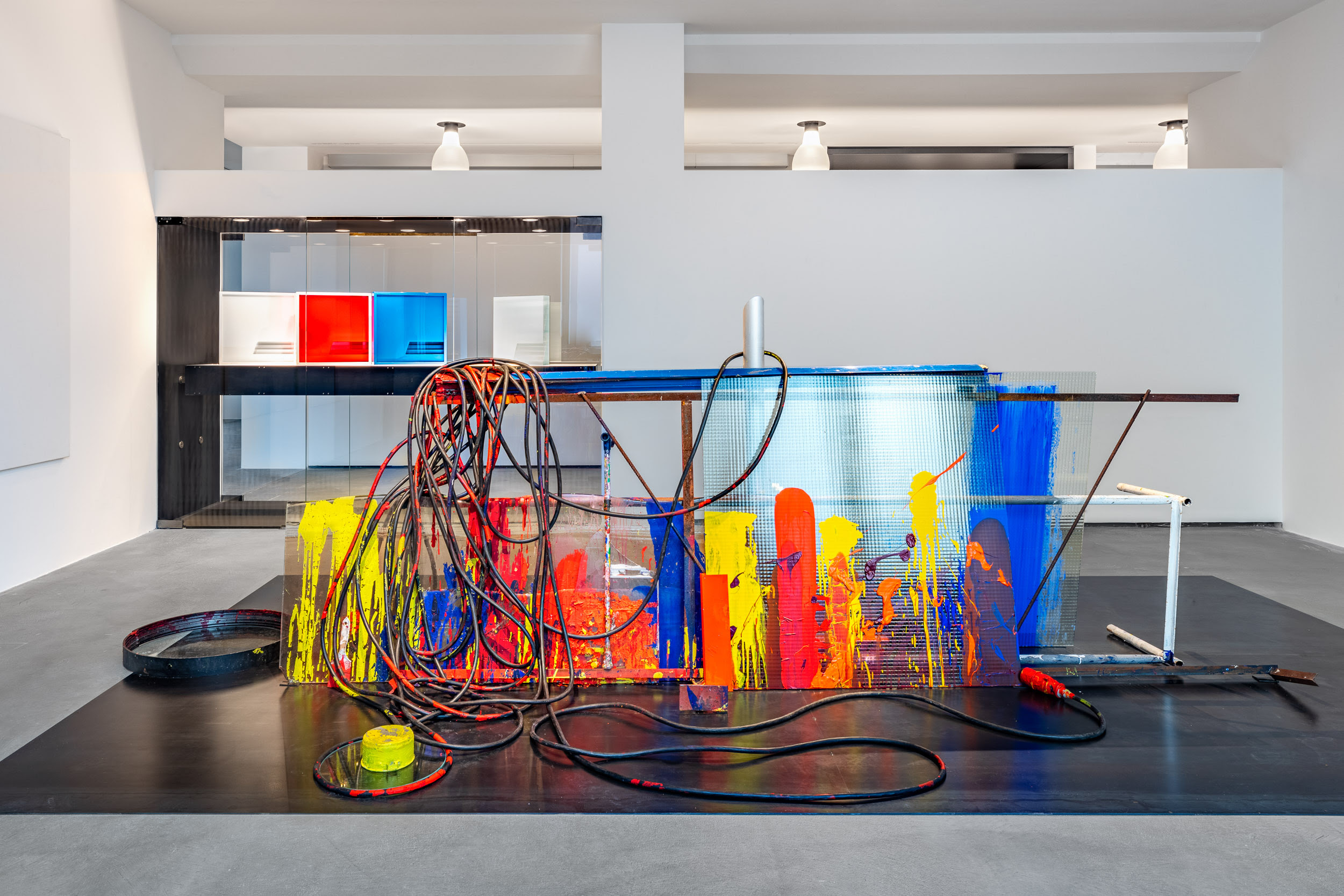
The exhibition Bohemian Glass: The Great Masters, curated by Caterina Tognon and Sylva Petrová, will recount the emancipation of Bohemian glass from its traditional categorization as applied and decorative art, as well as its use in the creation of influential abstract sculptural works in Bohemia (now the Czech Republic) after the Second World War.
At the end of the Second World War, the troubled political, social and economic conditions in Czechoslovakia, which lasted until the fall of the socialist regime in 1989, prompted numerous artists to devote their research to glass craftsmanship. These works, designed by artists and crafted in furnaces by local skilled makers, were presented by the Czechoslovak Communist government at international events such as Expos, Biennials and Triennials. Following the Communist Party’s seizure of power in 1948 and the imposition in Czechoslovakia of an aesthetic model based on socialist realism, a large group of artists devoted themselves instead to studying the characteristics and potential of glass as a medium. They applied innovative technological procedures, newly developed shapes and, above all, contemporary artistic concepts to glass.
The exhibition will focus on the works of six artists who were trailblazers in contemporary sculpture. Born in Bohemia in the first decades of the last century, they were the first to study and use glass to create sculptures, stained-glass windows, architectural structures, installations, and site-specific works. They also pointed many younger generations towards this medium through an intense educational activity in professional schools and art academies.
1912-1930 Murano Glass and the Venice Biennale

This spring’s appointment at Le Stanze del Vetro features the inauguration of the exhibition 1912-1930 Murano Glass and the Venice Biennale. The exhibition, curated by Marino Barovier, is devised to highlight the presence of Murano glass at the Biennale since the start of the twentieth century. It was in fact in that period that various interesting artefacts were exhibited for the first time at the Venetian event, pre-empting their ongoing presence in future editions, in which this material would occupy a place of excellence.
While in 1903, a number of blown glass objects from the Compagnia Venezia Murano were included as furnishing accessories in the Sala del Giornale (“Newspaper Room”), it was from 1912 and then 1914 that glass
featured ever more incisively and constantly, displayed in various rooms throughout the exhibition.
In 1932, it then found a permanent home in the Venice Pavilion at the Giardini, designed by Brenno Del Giudice on the initiative of the Istituto Veneto per il Lavoro, specifically to house the decorative arts.
In fact, it was this initiative that sealed and acknowledged the value of such arts, still referred to as ‘minor’ at the time, which, thanks to the Venice Biennale, were shown before the general public on a par with sculpture and painting, thus closing the gaps between the different disciplines.
The function of the Biennale then gradually became that of a “privileged showcase” but also a profitable opportunity for exchange and comparison for the Murano glassworks and above all for their protagonists, stimulated by an artistic context of international scope. The crisis of the 1970s finally led to the Biennale’s abandonment of glass works, with the pavilion being moved to the Ateneo di San Basso, in Piazza dei Leoncini.
In the light of these historical antecedents, the exhibition 1912-1930 Il vetro di Murano e la Biennale di Venezia aims to illuminate the artistic panorama that germinated from the Biennale, examining the chronological period underlined by the title, i.e. from the tenth to the seventeenth edition.
The exhibition, accompanied by its own catalogue, sets out to bring together the works on show over those editions, juxtaposed with period documents to give an account of the cultural and productive environment where various contemporary artefacts originated.
With regard to the first decade, these are mostly projects conceived by artists such as Hans Stoltenberg Lerche, Vittorio Zecchin and Teodoro Wolf Ferrari, as well as Umberto Bellotto, who drew on the collaboration of the glassworks for the implementation of their own works. From the 1920s, on the other hand, the exhibition features furnaces that, independently or with the collaboration of artist-designers, brought to light their finest production.
Bohemian Glass: The Great Masters
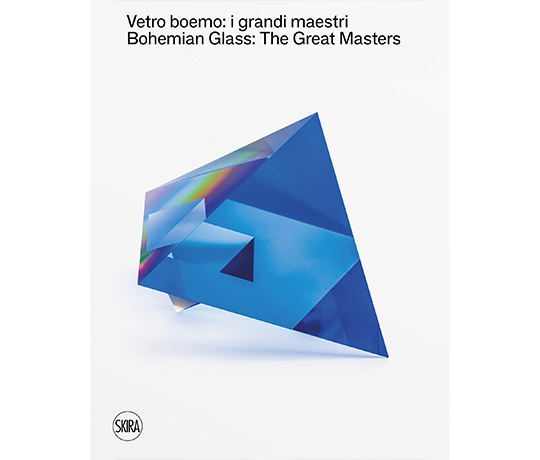
Edited by Caterina Tognon and Sylva Petrová
Skira editore, Milan 2023
The catalogue of this exhibition is an essential volume for understanding the post-war evolution of Bohemian glass, its transition from applied craft to privileged material for the creation of sculptural artworks. A unique case on the world art scene, this avant-garde group of artists from Bohemia focused their research on studying the potential of glass, developing innovative technological processes to create modern artistic forms and conceptions. In this book, Václav Cigler, Vladimír Kopecký, Stanislav Libenský and Jaroslava Brychtová, René Roubíček and Miluše Roubíčková – six artists all born in Bohemia in the early decades of the last century – narrate an extraordinary and as yet little-known chapter of contemporary art through their works.
Venini Light | 1921 -1985
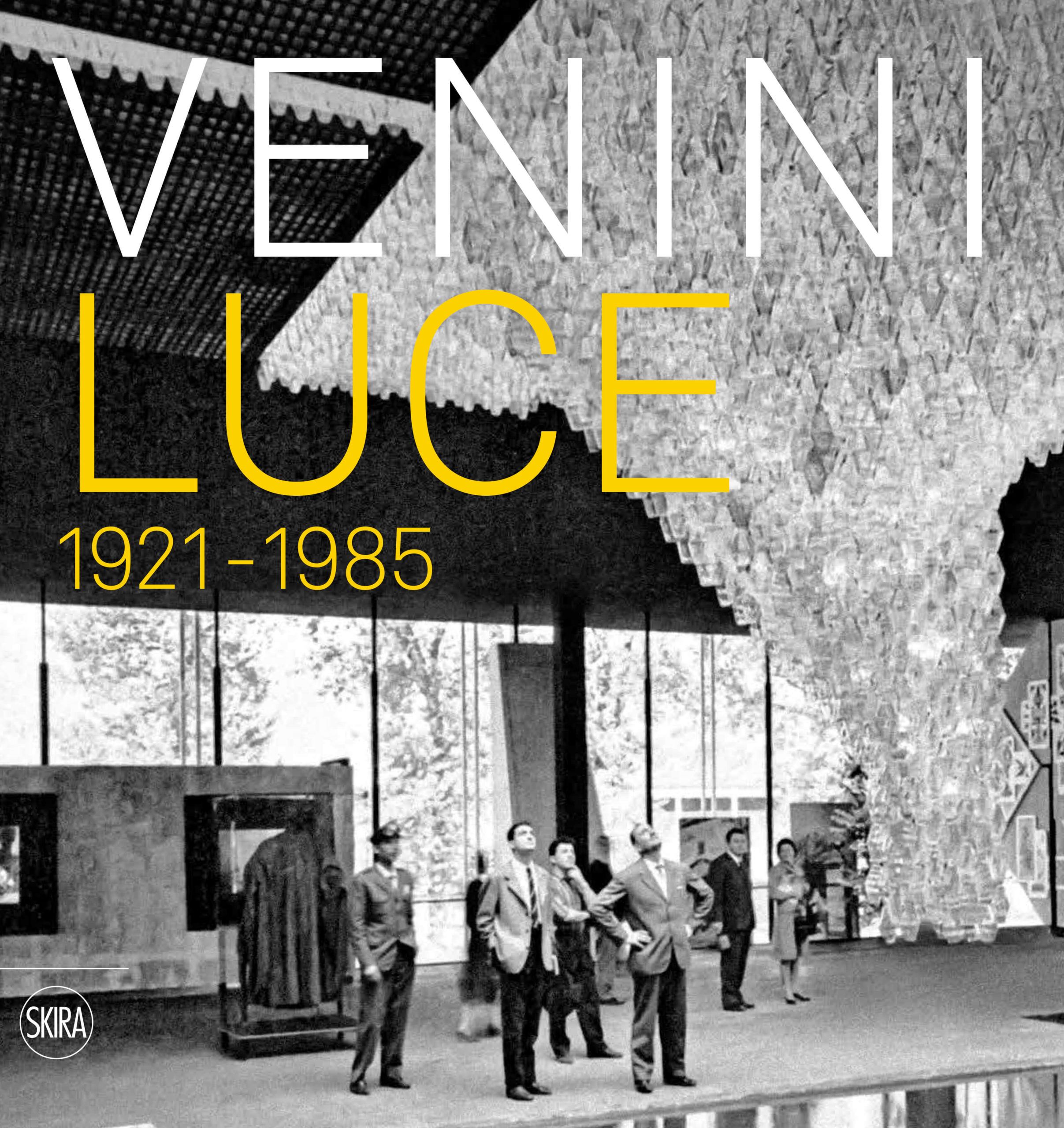
This massive 640-page volume, the most extensive scholarly publication ever to appear on lighting in Murano in the twentieth century, illustrates the work of the Venini glassworks in the area of lighting, on the large to smaller scale, giving an overview of the most significant projects.
More than five hundred entries, accompanied by a considerable body of hitherto mostly unpublished iconographic illustrations, document an unremitting activity made up of numerous projects of historical and cultural importance, among which those carried out in collaboration with Angiolo Mazzoni in the 1930s, the production of the velarium of Palazzo Grassi in Venice in 1951, the large installation by Carlo Scarpa for Italia 61 in Turin, the Fulda theater in Germany in 1978 etc. Finally, a careful selection of works tells of the transformation of Venini lamps, their form and their material.
Conference Venini: Light 1921-1985
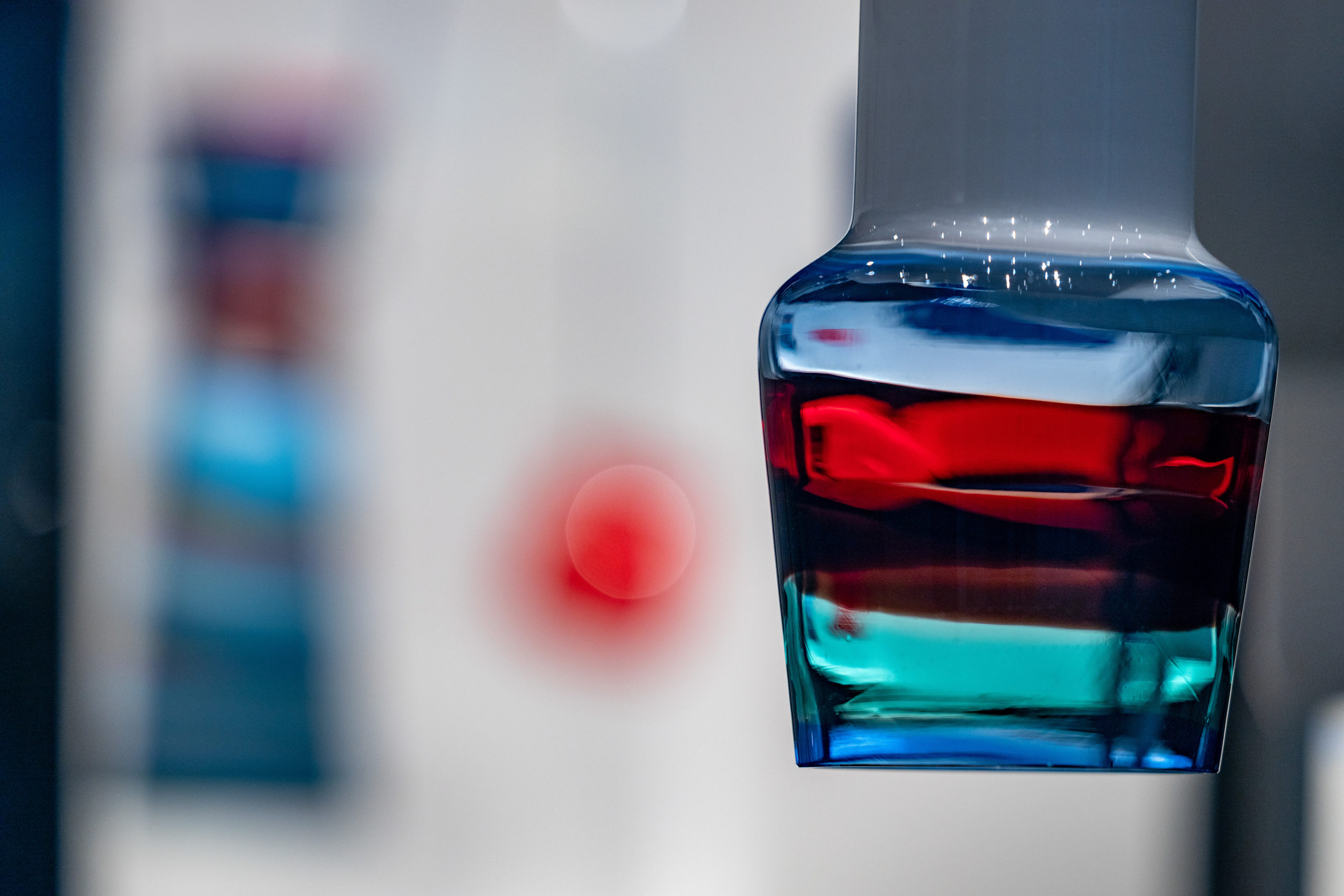
The Venini: Light 1921-1985 exhibition is the result of a long-term research programme promoted by Le Stanze del Vetro project, which since 2012 has offered opportunities to study the history of the renowned Venini glassworks, always accompanied by a conference organised by the Glass Study Centre.
This year the conference focuses on the theme of lighting at the Murano company. Since the first post-war period the glassworks made a key contribution to the growth and development of this specific sector, both nationally and internationally, definitively freeing lighting technology from its original, merely decorative conception. The technical refinements and innovations pioneered by the Venini are both small and large scale and cover a very broad typological spectrum: from the creation of various types of pendant luminaires and wall lamps to ceiling lighting installations for cruise ships, hotels and railway stations. The numerous projects for public and private commissions also enabled artists of the calibre of Vittorio Zecchin, Napoleone Martinuzzi, Tomaso Buzzi and Carlo Scarpa to express their creativity in various stimulating areas.
The list of designers and architects was further enhanced over time with other renowned figures, such as Gio Ponti, Franco Albini, Massimo Vignelli, Alessandro Mendini and Ettore Sottsass, to name but a few of the those who contributed to the creation of some of the most innovative, prized objects and models, made thanks to the technical experiments that have always been a hallmark of the Venetian company.
With the contribution of glass specialists and art historians, the conference will explore some of the stages and moments that determined Venini’s success in this specific segment of production, from the 1920s to the present day. This will also involve analysing some particularly striking installations and projects, such as the famous “velario” glass roof of the Palazzo Grassi inner courtyard in Venice and the polyhedron installation designed by architect Carlo Scarpa for the Italia 61 exhibition in Turin.
Exhibition Venini: Light 1921-1985

Curated by Marino Barovier, the autumn exhibition at Le Stanze del Vetro, entitled Venini: Light 1921-1985, explores the work of the celebrated furnace in the field of small- and large-scale lighting by surveying its most significant projects. Lighting has always been a major sector of Murano glass production for both domestic use and large public and private buildings, including ministries, post offices, theatres and hotels. The Venini glassworks also distinguished itself in this sector by achieving significant results, particularly thanks to its capacity for constant innovation and its characteristic interest in the world of design. These two aspects made it a reference point for leading architects on the Italian and international scene. There will be a focus on serial production and the use of modular elements enabling the furnace to develop its numerous, highly varied installations.
The exhibition will feature a handpicked selection of objects conceived by the many designers who collaborated with Venini or by the company’s own design office, illustrating how the theme of lighting was tackled over time from 1921 to 1985.
Toni Zuccheri at Venini
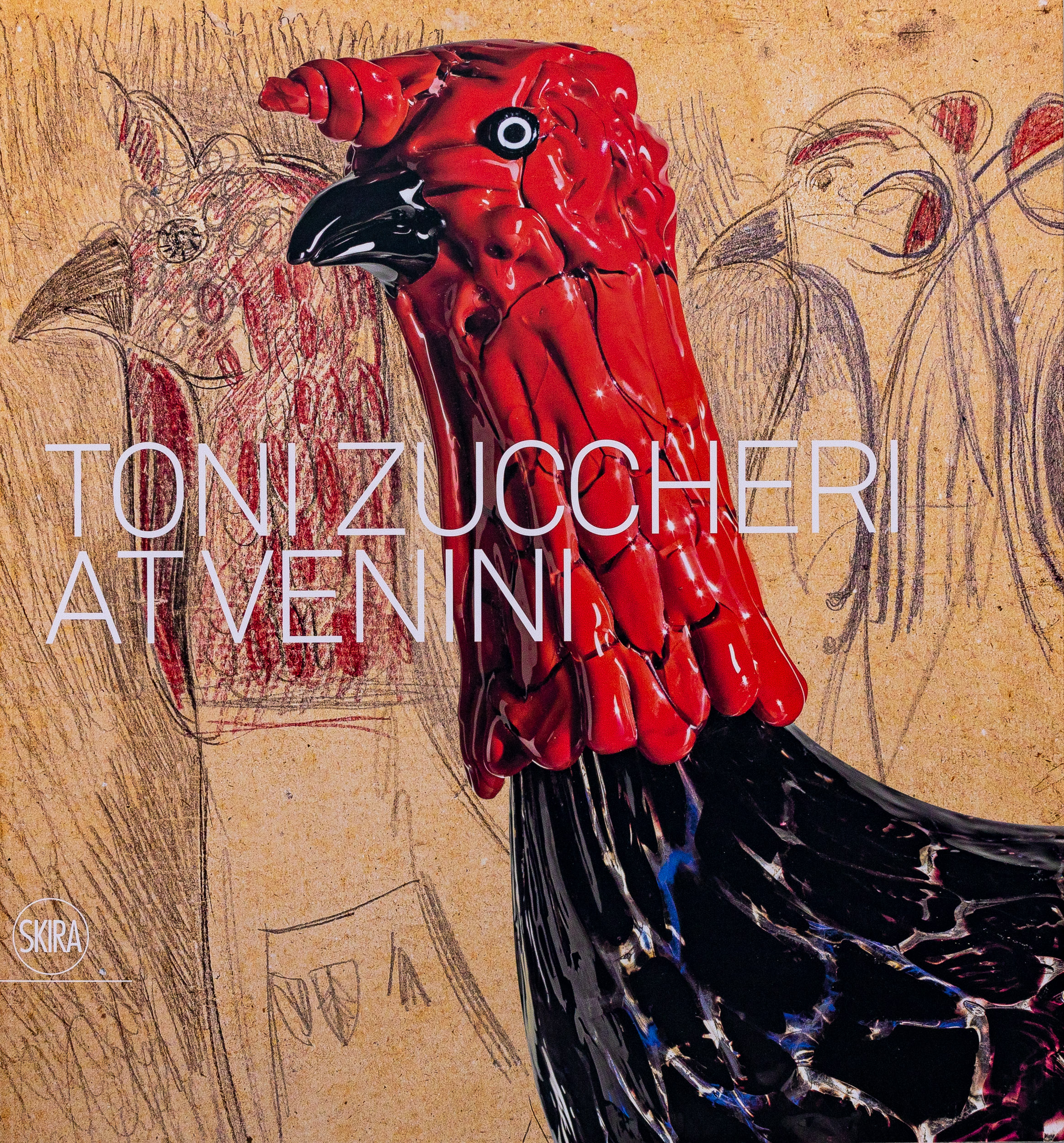
Edited by Marino Barovier and Carla Sonego
Skira Editore, Milan, 2021
Born at San Vito al Tagliamento (Pordenone) but an adoptive Venetian, Toni Zuccheri (1936-2008) trained with his father Luigi, an animal painter, and then graduated in architecture in Venice (1968). While still a student, in late 1961, he came to Venini to take over from his father in designing a glass bestiary that Ludovico de Santillana wanted to create following an idea by Paolo Venini.
This saw the almost fortuitous beginning of a collaboration that was destined to continue over time, albeit irregularly. At Venini, Zuccheri enthusiastically devoted himself to research and experimentation on glass materials, gradually acquiring considerable expertise in both hot and cold working techniques.
The outcome of in-depth research based on partly unpublished material from the historical Venini Archive and the artist’s own personal archive, this book illustrates the results of Zuccheri’s collaboration through the sequence of works, accompanied by drawings and period photographs.